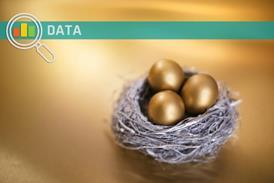Footfall slumps in December as shoppers desert the high street
By Alex Lawson14 January 2014

Footfall slumped on the high street in December as shoppers made fewer festive trips and spent online in greater numbers.
Already have an account? Sign in here
Want to read more?
Register for LIMITED guest access
Register now© William Reed Ltd 2025. All rights reserved.
Registered Office: Broadfield Park, Crawley RH11 9RT. Registered in England No. 2883992. VAT No. 644 3073 52.
Website Terms | Privacy Notice | Cookie Statement | Cookie Preferences | William Reed and AI
Registered Office: Broadfield Park, Crawley RH11 9RT. Registered in England No. 2883992. VAT No. 644 3073 52.
Website Terms | Privacy Notice | Cookie Statement | Cookie Preferences | William Reed and AI
Site powered by Webvision Cloud



















